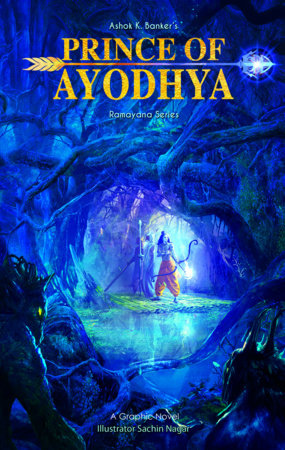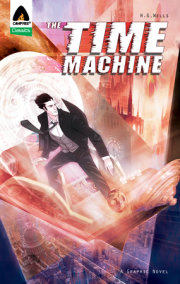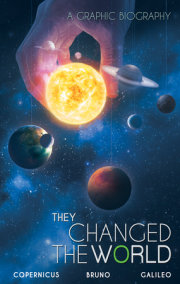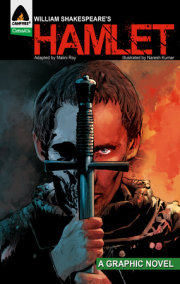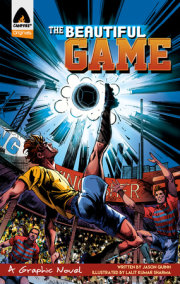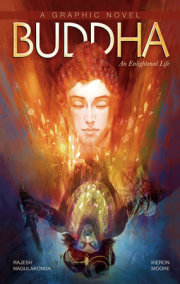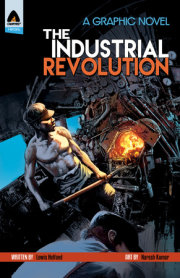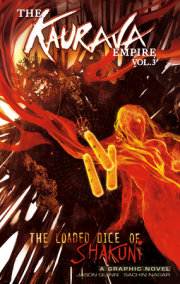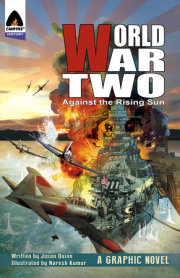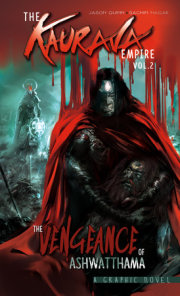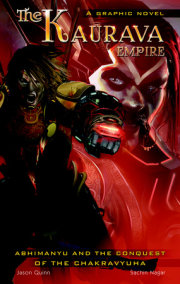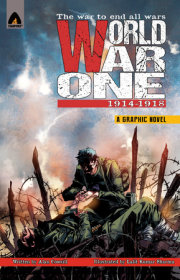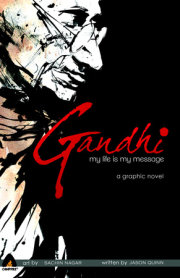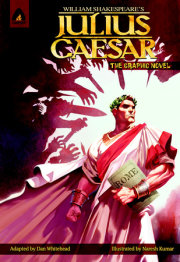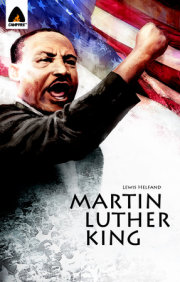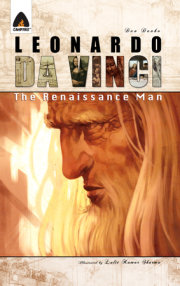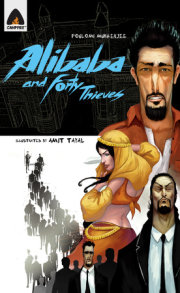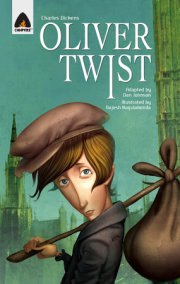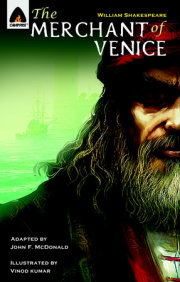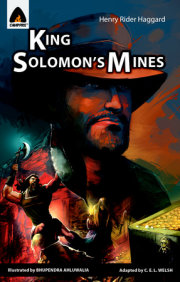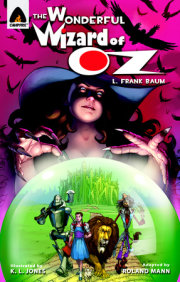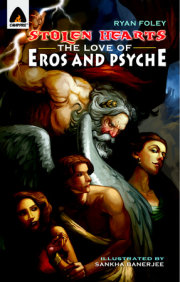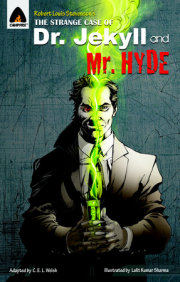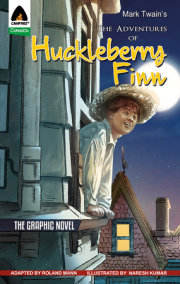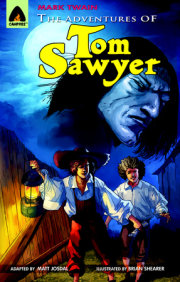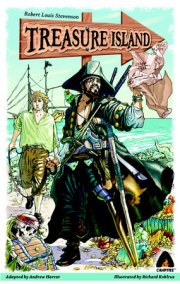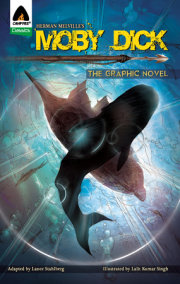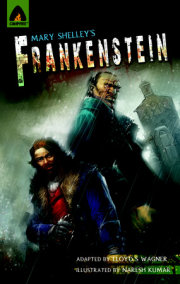INTRODUCTION
Adi-kavya: The first retelling Some three thousand years ago, a sage named Valmiki lived in a remote forest
ashram, practising austerities with his disciples. One day, the wandering sage
Narada visited the ashram and was asked by Valmiki if he knew of a perfect man.
Narada said, indeed, he did know of such a person, and then told Valmiki and his
disciples a story of an ideal man.
Some days later, Valmiki happened to witness a hunter killing a kraunchya bird. The
crane’s partner was left desolate, and cried inconsolably. Valmiki was overwhelmed
by anger at the hunter’s action, and sorrow at the bird’s loss. He felt driven to do
something rash, but controlled himself with difficulty.
After his anger and sorrow subsided, he questioned his outburst. After so many years
of practising meditation and austerities, he had still not been able to master his own
emotions. Was it even possible to do so? Could any person truly become a master
of his passions? For a while he despaired, but then he recalled the story Narada had
told him. He thought about the implications of the story, about the choices made by
the protagonist and how he had indeed shown great mastery of his own thoughts,
words, deeds and feelings. Valmiki felt inspired by the recollection and was filled
with a calm serenity such as he had never felt before.
As he recollected the tale of that perfect man of whom Narada had spoken, he found
himself reciting it in a particular cadence and rhythm. He realized that this rhythm
or metre corresponded to the warbling cries of the kraunchya bird, as if in tribute to
the loss that had inspired his recollection. At once, he resolved to compose his own
version of the story, using the new form of metre, that others might hear it and be as
inspired as he was.
But Narada’s story was only a bare narration of the events, a mere plot outline as
we would call it today. In order to make the story attractive and memorable to
ordinary listeners, Valmiki would have to add and embellish considerably,
filling in details and inventing incidents from his own imagination. He
would have to dramatize the whole story in order to bring out
the powerful dilemmas faced by the protagonist.
But what right did he have to do so? After all, this was not his
story. It was a tale told to him. A tale of a real man and real
events. How could he make up his own version of the story?
At this point, Valmiki was visited by Lord Brahma Himself.
The Creator told him to set his worries aside and begin
composing the work he had in mind. Here is how Valmiki
quoted Brahma’s exhortation to him, in an introductory
passage not unlike this one that you are reading right now:
Recite the tale of Rama . . . as you heard it told by Narada. Recite the deeds of Rama that are already known as well as those that are not, his adventures . . . his battles . . . the acts of Sita, known and unknown. Whatever you do not know will become known to you. Never will your words be inappropriate. Tell Rama’s story . . . that it may prevail on earth for as long as the mountains and the rivers exist. Valmiki needed no further urging. He began composing his poem.
He titled it, Rama-yana, meaning literally, The Movements (or Travels)
of Rama.
Copyright © 2020 by Ashok K. Banker. All rights reserved. No part of this excerpt may be reproduced or reprinted without permission in writing from the publisher.

